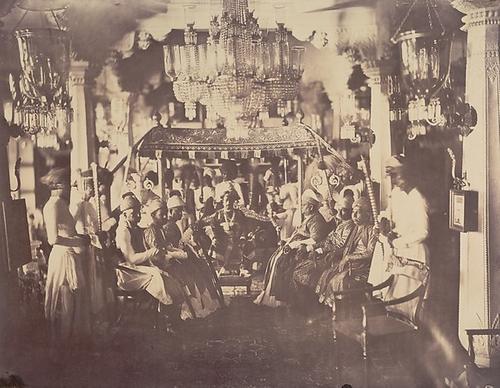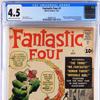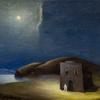Historic Photographs of Nineteenth Century India at the Met Museum, 19th Century Indian Rugs at Nazmiyal
- March 10, 2015 14:17


View Photographs from Nineteenth Century India and Browse Indian Rugs From the Same Period
Nineteenth-Century Indian Photography and Indian Rugs – On view currently at the Metropolitan Museum of Art in New York is an exhibition of photographs by Captain Linnaeus Tripe (1822-1902) of India during the mid 19th Century. This is the first major exhibition of Captain Tripe’s work in New York.
As a member of the British Army, Tripe traveled with the East India Trading Company’s expeditions, creating a visual inventory of the art and people of the region of South India. His work gives viewers an unprecedented look into Indian history, the impact of colonialism, and the art of early photography. Captain Tripe’s military standing gave him specific knowledge of how to seek out and capture his photographs from strategic vantage points, with the intention of capturing as much information in his pictures as possible. This method of working give Tripe’s photographs an added value over those taken by travelers of the time period, which were meant to be more picturesque than informative.
Tripe learned his skills in photography in England in the 1850s, at which point the technology was still emerging and was considered by most to be no more than an expensive pastime. Captain Tripe was quick to realize it’s use in governmental and military surveys, and is one of the first military photographers. Photography was especially tricky in the hot and humid climate of South India, but remarkably, Captain Tripe’s experimenting led him to be able to achieve consistent and evocative results. He used large wax-paper negatives for his prints, making it all the more impressive that he was able to achieve such high-quality photographs.

View the entire collection of photographs at the Metropolitan Museum of Art until May 25th, 2015. Nazmiyal Collection is pleased to present a sample of the 19th century Indian rugs in our collection, as an accurate tribute to the type of carpets Captain Linnaeus Tripe would have encountered in the courts and palaces he visited during his expeditions.





















